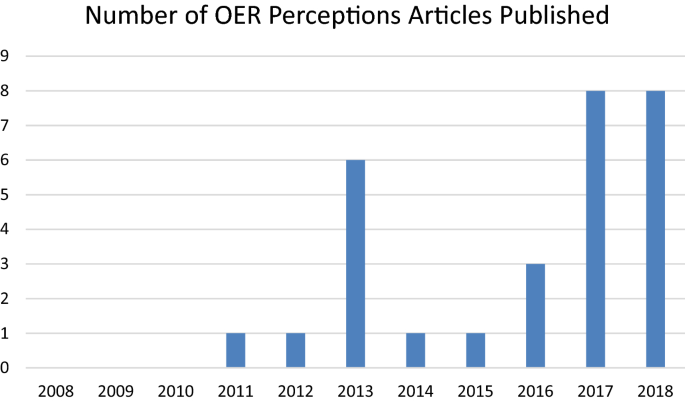
This guide is aimed at faculty members who are interested in exploring Open Educational Resources (OERs) to complement or replace commercial texts in their courses.
The OER Working Group Final Report conducted a series of surveys regarding different aspects of Open Educational Resources. Out of 19 institutions surveyed, 9 reported that by adopting OERs, students saved between $10,000 - $100,000.
A 2016 report by Student PIRGs discovered that 30% of students use financial aid to purchase textbooks. Of those students, the average amount per semester is more than $300.
In The Investigation into the Rising Cost of Textbooks, a study conducted by the University of Michigan Library, it is made clear that the price for textbooks has risen over time and continues to rise.
Some institutions that have adopted OERs:
According to the Hewlett Foundation, Open Educational Resources (OERs) are "teaching, learning and research materials in any medium – digital or otherwise – that reside in the public domain or have been released under an open license that permits no-cost access, use, adaptation and redistribution by others with no or limited restrictions" (Hewlett Foundation, 2020).
The International Journal of Open Educational Resources (IJOER) provides a "venue for the publication of quality academic research with an emphasis on representing Open Educational Resources in teaching, learning, scholarship and policy" (IJOER, n.d.).

Source: OER Working Group Final Report, 2019
Please contact your librarian with any questions
A 2019 study published on Educational Technology Research and Development argues that "students achieve the same or better learning outcomes when using OER while saving significant amounts of money" (Hilton, 2019).
They concluded that "The facts that (1) more than 95% of published research indicates OER does not lead to lower student learning outcomes, and (2) the vast majority of students and faculty who have used both OER and CT believe OER are of equal or higher quality make it increasingly challenging to justify the high price of textbooks" (Hilton, 2019).

Hilton, J. Open educational resources, student efficacy, and user perceptions: a synthesis of research published between 2015 and 2018. Education Tech Research Dev (2019). https://doi.org/10.1007/s11423-019-09700-4
This guide was created by Adaliz N. Cruz as part of her LIS-512 final project (Spring 2020) and supports the Simmons University Library commitment to teaching and learning.